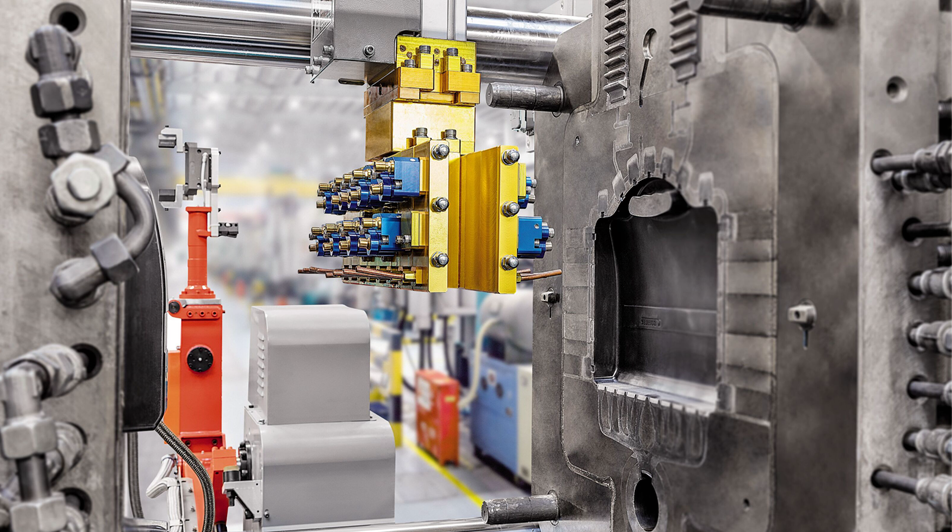Aluminum is a widely used metal due to its lightweight, strength, and resistance to corrosion. One common form of aluminum is cast aluminum, which is used in various applications, including automobile parts, cookware, and outdoor furniture. Over time, cast aluminum may lose its shine and develop a dull appearance. However, by following a few simple steps, you can easily polish cast aluminum and restore its original luster. In this article, we will guide you through the process of polishing cast aluminum.
Step 1: Prepare the Necessary Materials
Before you begin polishing, gather all the materials you will need. This includes a soft cloth or sponge, aluminum polish, a bucket of warm water, mild detergent, a soft-bristle brush, and protective gloves. Make sure to choose an aluminum polish that is suitable for cast aluminum, as different types of aluminum may require specific polishes.
Step 2: Clean the Surface
Start by washing the cast aluminum surface with warm water and mild detergent. This will remove any dirt, grime, or residue on the surface, making it easier to polish. Dip the soft-bristle brush into the soapy water and gently scrub the surface, paying extra attention to any stubborn stains or spots. Rinse with clean water and allow it to dry completely.
Step 3: Apply the Aluminum Polish
Once the surface is dry, put on the protective gloves and apply a small amount of aluminum polish onto the soft cloth or sponge. Begin rubbing the polish onto the cast aluminum surface using circular motions. Apply gentle pressure, but avoid scrubbing too vigorously, as this may damage the metal. Continue polishing until you have covered the entire surface.
Step 4: Remove Excess Polish
After you have finished applying the aluminum polish, allow it to sit on the surface for the recommended time specified by the manufacturer. This will allow the polish to work effectively. Once the time has elapsed, use a clean, dry cloth to wipe away the excess polish. Make sure to remove all traces of polish to achieve a smooth and shiny finish.
Step 5: Buff and Shine
To achieve a high shine, use a clean section of the cloth and buff the cast aluminum surface in small, circular motions. Apply light pressure and work systematically across the entire surface until you achieve the desired shine. If necessary, reapply the aluminum polish and repeat the buffing process until you are satisfied with the results.

Step 6: Maintain the Shine
To keep your cast aluminum looking its best, it is important to maintain its shine. Regularly clean the surface using mild detergent and warm water, and avoid using abrasive cleaners or brushes that may scratch the metal. Additionally, consider applying a protective coating, such as a clear wax or sealant, to prevent future tarnishing and maintain the shine for a longer period.
In conclusion, polishing cast aluminum can be a straightforward process if you follow the steps outlined above. By cleaning the surface, applying aluminum polish, and buffing it to a shine, you can restore the original luster of your cast aluminum items. Remember to maintain the shine by regular cleaning and applying a protective coating. With a little effort, your cast aluminum can continue to look sleek and polished for years to come.
-

- Vgrajeno 3-krako kolo za MTB s CNC obdelavo in površinsko obdelavo
-

- Magnesium alloy die-casting auto parts center control cover
-

- Visokotlačno lito platišče iz magnezijeve zlitine OEM za e-kolo
-

- OEM storitev tlačnega litja kovinskih komponent macbook sredine
-

- Pokrov ohišja prenosnega računalnika z deli iz tlačno litega magnezija D
-

- Tovarniško po meri Kitajska Bmx Cycles Road Sport Kids Bicycle 12 16 18 20 Inches Cycle Mtb za otroke 6-10 let

 0086-750-5616188
0086-750-5616188 +86 13392089688
+86 13392089688 sales@zhongmei-tech.com
sales@zhongmei-tech.com







